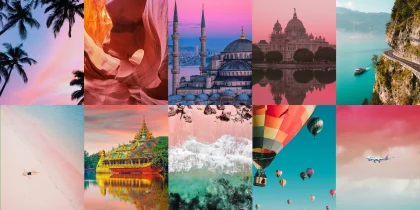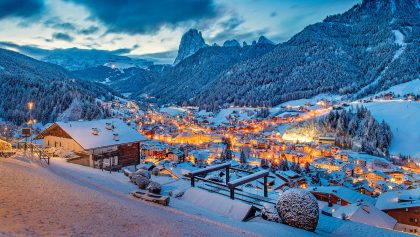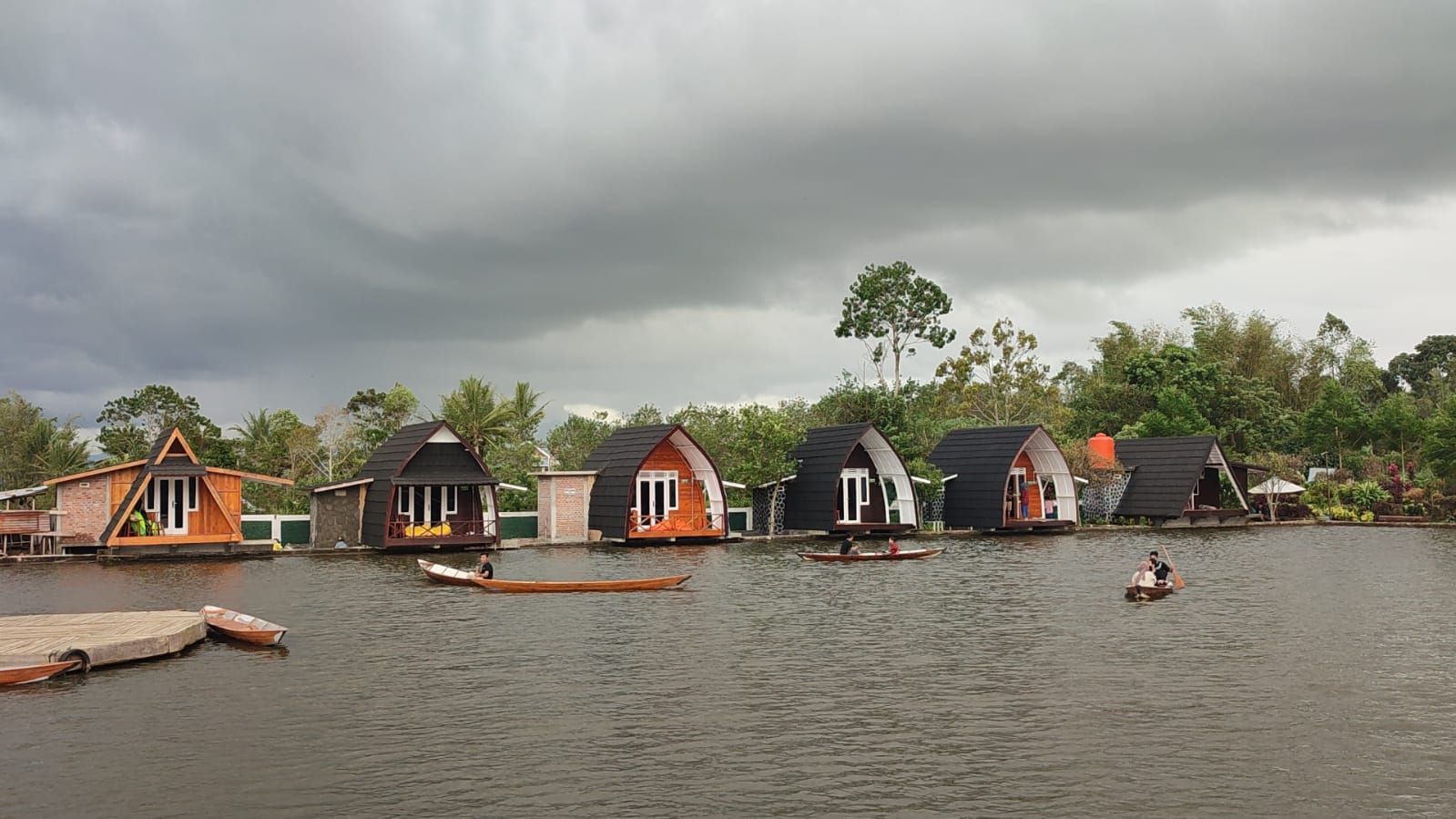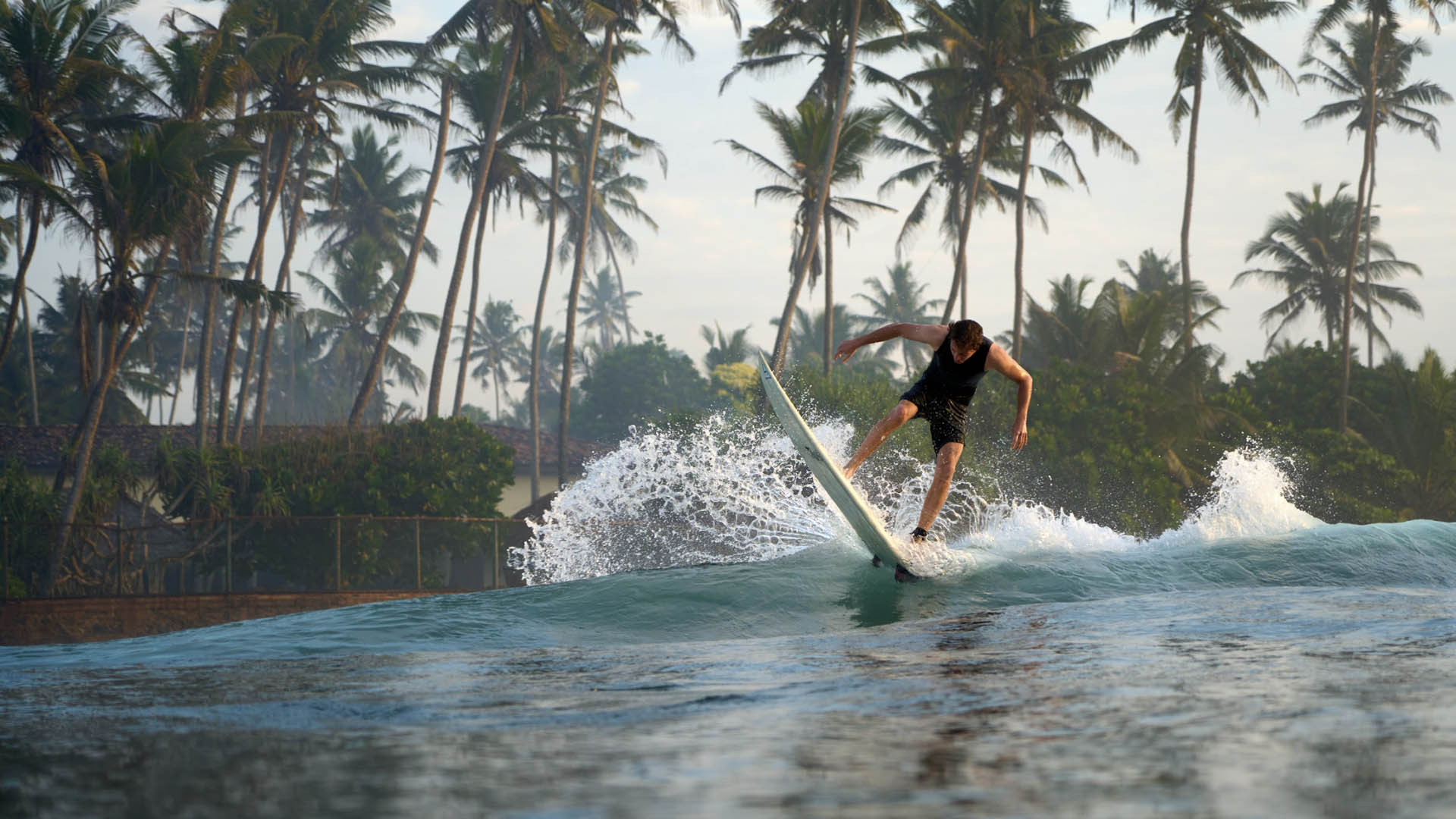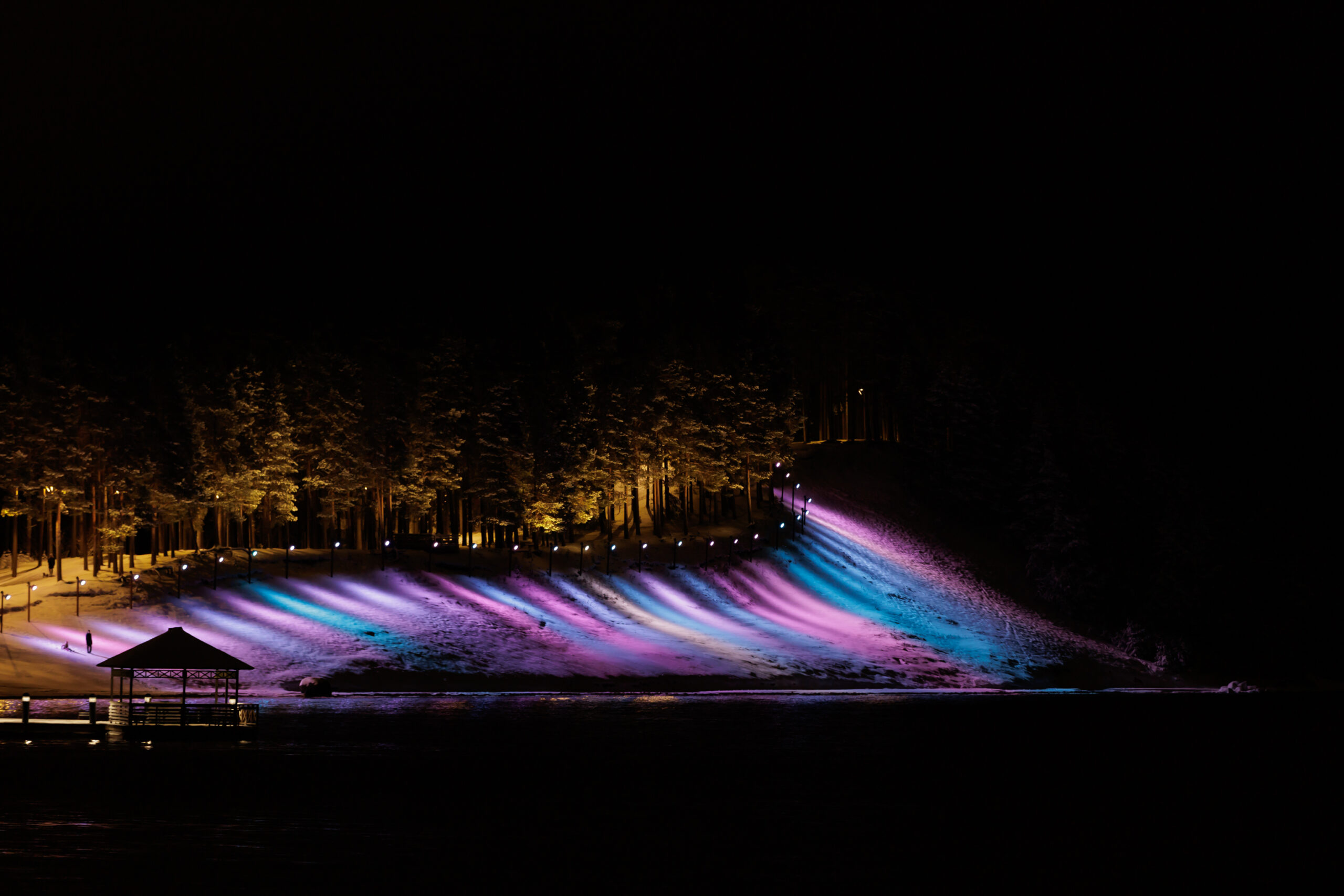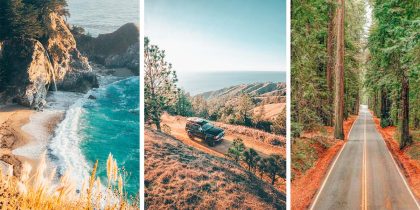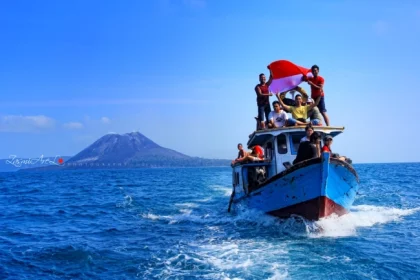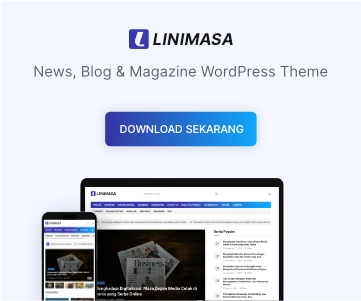Driving along the Pacific Coast Highway (PCH) is more than just a journey; it’s an experience that captures the essence of the American West Coast. Stretching along California’s rugged shoreline, the route takes travelers through stunning coastal cliffs, historic towns, national parks, and some of the most breathtaking ocean views in the world.
In this complete guide, we’ll dive into what makes this route so special, how to prepare for the journey, the essential gear you’ll need, and how to make the most of your road trip adventure.
Understanding the Pacific Coast Highway
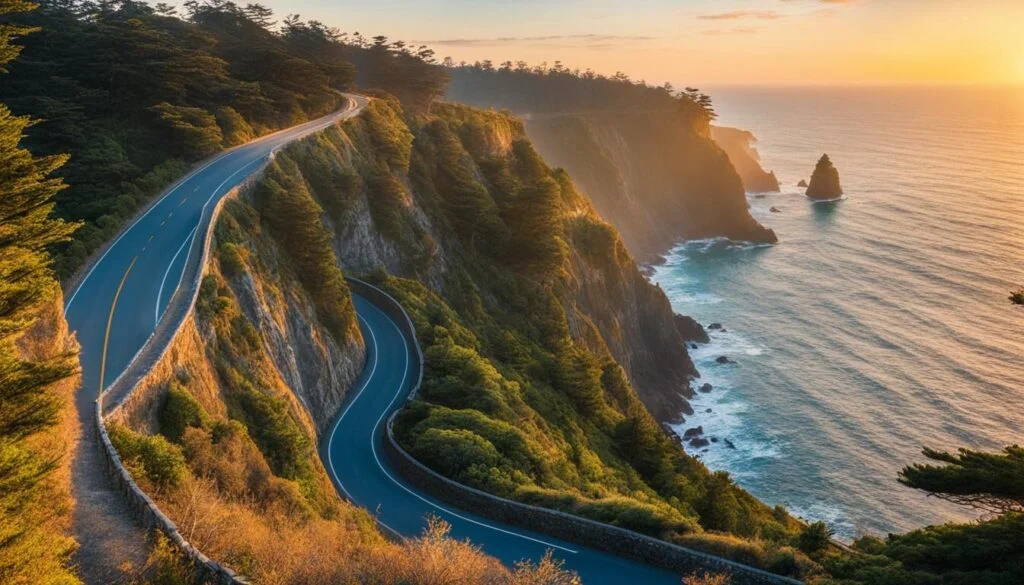
learncalifornia.org
The Pacific Coast Highway, also known as California State Route 1, runs parallel to the Pacific Ocean for nearly 650 miles, connecting the northern and southern parts of California. It’s considered one of the most scenic drives in the world, with winding roads, panoramic ocean views, and countless landmarks along the way.
The most famous section of the PCH lies between San Francisco and Los Angeles, particularly through Big Sur, where dramatic cliffs meet the roaring ocean below. Each bend in the road opens up a new postcard-perfect scene from redwood forests to sunlit beaches and coastal towns that seem frozen in time.
Highlights Along the Route
The Pacific Coast Highway is full of must-see spots that capture the heart of California:
- Bixby Bridge – one of the most photographed bridges in the U.S., perched high above a canyon with sweeping ocean views.
- Big Sur – a wild, untouched stretch of coast that feels like a different world.
- McWay Falls – an 80-foot waterfall that cascades directly onto the beach.
- Monterey & Carmel-by-the-Sea – charming seaside towns famous for art galleries, ocean life, and cozy restaurants.
- Santa Barbara – a stylish coastal city known for Spanish architecture, beaches, and wine country.
- Malibu & Santa Monica – the perfect spots to relax, surf, or enjoy a beachside sunset.
Every section of the PCH tells a different story—part nature, part nostalgia, and entirely unforgettable.
Why the Pacific Coast Highway is a Bucket-List Road Trip
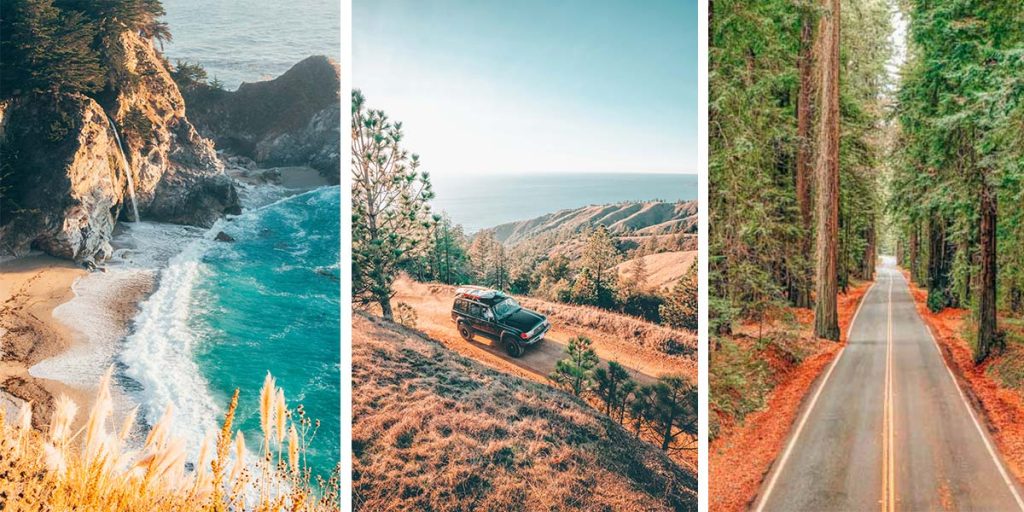
practicalwanderlust.com
1. Connection with Nature
Traveling along the PCH puts you face-to-face with some of the most diverse natural landscapes in America. From foggy forests to sun-drenched beaches, the rhythm of the road connects you deeply to the environment. Watching waves crash against the rocks while you drive is an instant reminder of how vast and beautiful the world can be.
2. Flexibility and Freedom
Unlike guided tours or rigid travel packages, a road trip gives you total control. You decide when to stop, where to sleep, and how long to stay in each place. This flexibility allows you to enjoy every moment at your own pace—whether it’s stopping for a beach picnic or taking an unplanned detour through a vineyard.
3. Inspiration and Creativity
The PCH is a photographer’s dream. Every turn presents new angles, light, and textures that inspire creativity. Many travelers describe it as a meditative experience—perfect for reflection, writing, or simply reconnecting with oneself.
4. Culture and Local Charm
Beyond its scenery, the PCH offers a glimpse into California’s coastal culture—surf towns, seafood diners, local art, and vintage motels that carry decades of stories. Each stop along the way feels like a small piece of California’s identity.
Essential Travel Gear for the Pacific Coast Highway
To make the most of your journey, the right travel gear can make a huge difference. Below are five real-world product recommendations—carefully chosen for comfort, practicality, and reliability during a long coastal drive.
1. Peak Design Travel Duffelpack 65L
This travel duffel pack combines the functionality of a backpack with the spaciousness of a duffel bag. With a 65-liter capacity, it’s perfect for storing clothes, outdoor gear, and camera equipment. Adjustable compartments make organization easy—ideal for travelers who move between hotels or campsites.
Use Case:
Perfect for those constantly on the move during their Pacific Coast Highway trip. It helps keep gear organized, even in a small car trunk, and provides quick access without unpacking everything.
Benefit:
Lightweight, durable, and weather-resistant—this bag ensures your essentials stay protected no matter where the road takes you.
Where to Buy:
Available at outdoor travel stores or online retailers that specialize in adventure gear.
2. Tumi 19 Degree Expandable 4-Wheeled Carry-On
For those flying into California before hitting the road, this expandable carry-on is ideal. The polycarbonate shell is durable yet lightweight, and its expandable design allows for extra room to store souvenirs picked up along the way.
Use Case:
Best for travelers who start their trip from San Francisco or Los Angeles by plane, then continue by car. The wheels glide smoothly on any surface, making airport transfers and hotel check-ins effortless.
Benefit:
Combines durability, elegance, and flexibility in one sleek design. It also fits most airline cabin requirements, saving time and hassle.
Where to Buy:
Available through Tumi official stores or major online marketplaces.
3. Eiger GO TIME Outdoor Watch
An adventure-ready watch is essential for any road trip. This outdoor watch comes with water resistance, a compass, and a durable strap suitable for all conditions.
Use Case:
Perfect for travelers exploring remote coastal trails or timing their drives between destinations. It’s reliable even when your phone battery runs low.
Benefit:
Offers navigation and time tracking without relying on internet access—ideal for areas where cell service is spotty.
Where to Buy:
Available in adventure gear stores and Eiger’s official website.
4. Large Travel Duffle Bag
This affordable duffle bag is perfect for carrying secondary items—like hiking shoes, picnic gear, or beach essentials. Its foldable design saves space when not in use, and its lightweight build makes it easy to pack.
Use Case:
Great for storing extra clothes or equipment separate from your main luggage. It can easily fit in the trunk or on a rooftop cargo box.
Benefit:
Keeps your car organized and clutter-free while ensuring quick access to your day-use items.
Where to Buy:
Available widely across e-commerce sites and travel accessory shops.
5. Travel Planner Digital Template (Google Sheets)
A structured travel planner might not seem as exciting as the open road—but it can save you hours of confusion. This digital planner helps you organize your itinerary, budget, accommodations, and fuel stops all in one place.
Use Case:
Perfect for travelers who want a clear overview of their trip while keeping flexibility for unexpected detours.
Benefit:
Reduces stress by having all your travel details organized and accessible. You can edit your itinerary in real-time from your phone or laptop.
Where to Buy:
Available on online digital product stores and marketplaces.
How These Products Improve Your Road Trip Experience
Each of these travel items addresses a specific challenge that often arises during long road trips:
- Organization: Keep your belongings neat and easy to find.
- Comfort: Prevents the fatigue of dealing with clutter or heavy gear.
- Safety: Ensures important items like maps, gadgets, or clothes stay protected.
- Time Efficiency: Let’s you focus more on enjoying the road than worrying about logistics.
- Flexibility: Adapts to both short weekend trips and extended multi-day drives.
These tools turn your Pacific Coast Highway journey from “just another drive” into a seamless adventure where every moment feels effortless.
Planning Your Pacific Coast Highway Adventure
Preparation is everything. Here are essential things to consider before hitting the road.
Vehicle Preparation
Before starting your trip, make sure your car is in perfect condition. Check the brakes, tires, fluids, and oil levels. If renting a car, choose a vehicle with good mileage and enough storage space for your luggage. A convertible or SUV is ideal for this route—convertibles let you enjoy the coastal breeze, while SUVs offer stability and comfort on curvy roads.
Best Time to Travel
The best months for a Pacific Coast Highway trip are September through October, when the weather is still pleasant, but summer crowds have disappeared. Spring is also beautiful, with blooming flowers and milder temperatures.
Suggested Itinerary (7–10 Days)
- Day 1–2: San Francisco to Monterey – Explore the Golden Gate Bridge, then drive down to Monterey Bay.
- Day 3–4: Big Sur – Hike along Pfeiffer Big Sur State Park and stop at McWay Falls.
- Day 5: San Luis Obispo to Santa Barbara – Enjoy beach towns and vineyards.
- Day 6: Santa Barbara to Malibu – Relax on the coast and visit local cafes.
- Day 7: Los Angeles to San Diego – End your journey with sunshine and surf.
You can shorten or extend this itinerary depending on your time and interests.
Tips for a Smooth and Enjoyable Journey
- Drive During Daylight: The PCH is known for its dramatic scenery, so driving during the day lets you appreciate the full view.
- Stay Hydrated and Rest Often: Carry plenty of water, snacks, and take breaks every few hours to stretch.
- Download Offline Maps: Some areas, especially around Big Sur, have poor signal reception. Offline navigation is essential.
- Book Lodging in Advance: During weekends or holidays, coastal towns can fill up quickly.
- Capture the Moment: Bring a camera or smartphone tripod to capture the stunning views along the way.
The Emotional Value of the Pacific Coast Highway
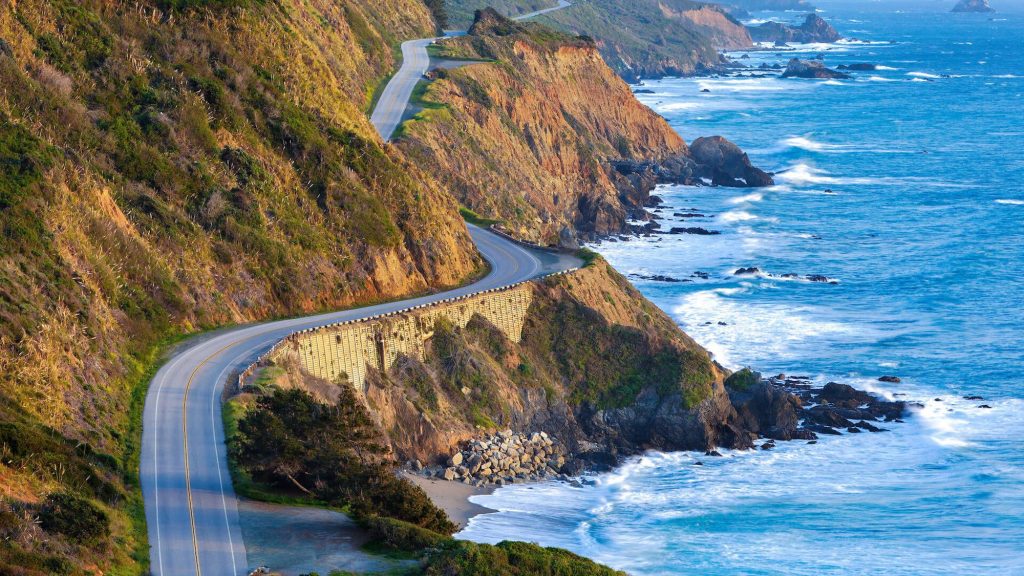
assets. Roadrunner.travel
Beyond the logistics and the gear, what makes this journey truly special is how it makes you feel. There’s something transformative about driving along endless coastlines, watching sunsets fade into mist, and realizing that the journey itself is the destination.
Many travelers describe this trip as a moment of self-discovery—a pause from life’s routines where the open road brings clarity and peace. Whether you’re traveling solo, with friends, or as a couple, the Pacific Coast Highway offers something deeply personal for everyone.
How to Purchase Your Travel Essentials
To prepare for your trip, it’s best to buy trusted gear ahead of time. Most of the products mentioned above can be purchased from well-known online stores or travel specialty retailers.
Recommended Buying Steps:
- Research official websites or verified stores for authenticity.
- Read recent customer reviews to ensure quality.
- Compare shipping times—especially if you’re planning your trip soon.
- Purchase at least 1–2 weeks before your departure date to avoid delays.
Frequently Asked Questions
Q1: How long does it take to drive the Pacific Coast Highway?
A: The entire route is about 650 miles. If driven without stops, it can be done in two days, but the best experience comes from taking 7–10 days to explore at a relaxed pace.
Q2: Do I need a special license to drive the Pacific Coast Highway?
A: No special license is needed for most travelers. However, if you’re visiting from outside the U.S., an International Driving Permit (IDP) is recommended.
Q3: What’s the most scenic part of the route?
A: The stretch between Monterey and San Luis Obispo—particularly through Big Sur—is often considered the most beautiful section, featuring dramatic cliffs, ocean views, and picturesque bridges.

